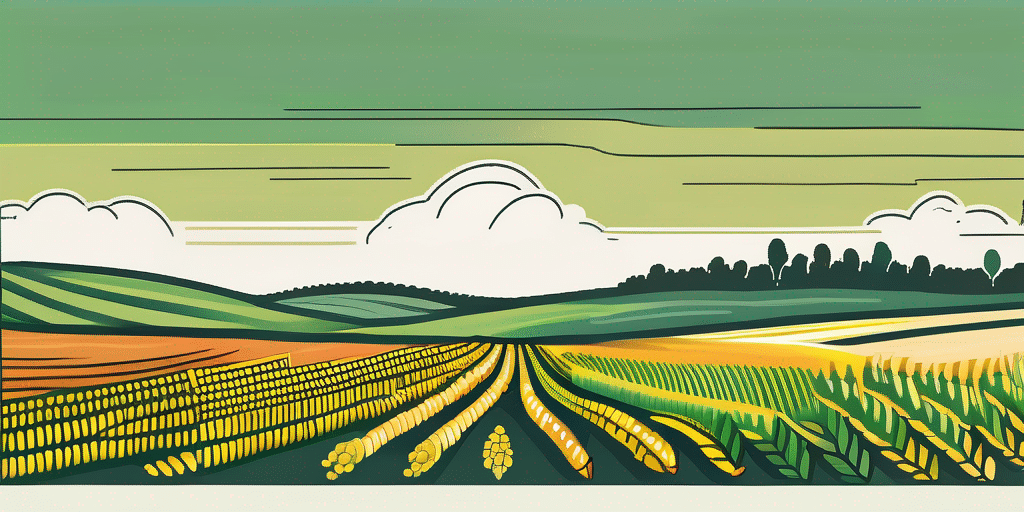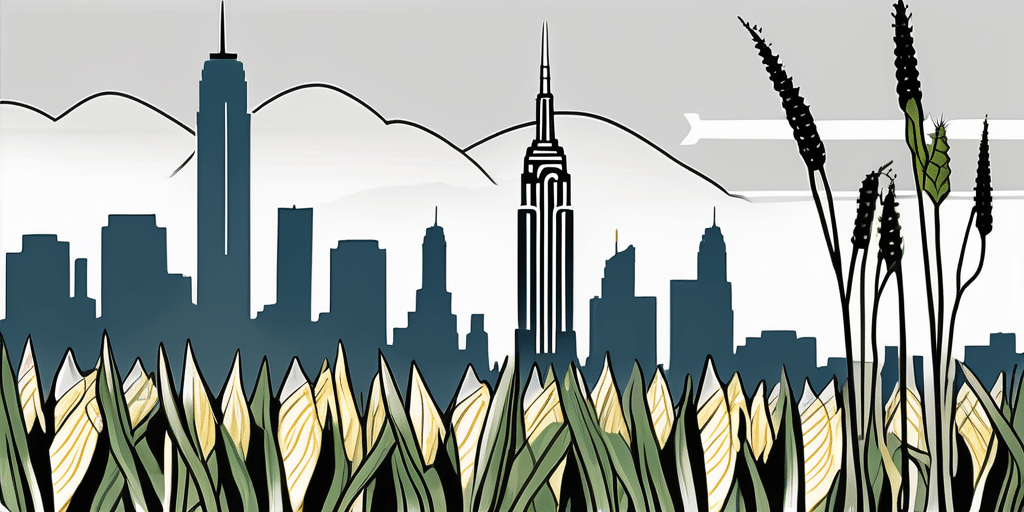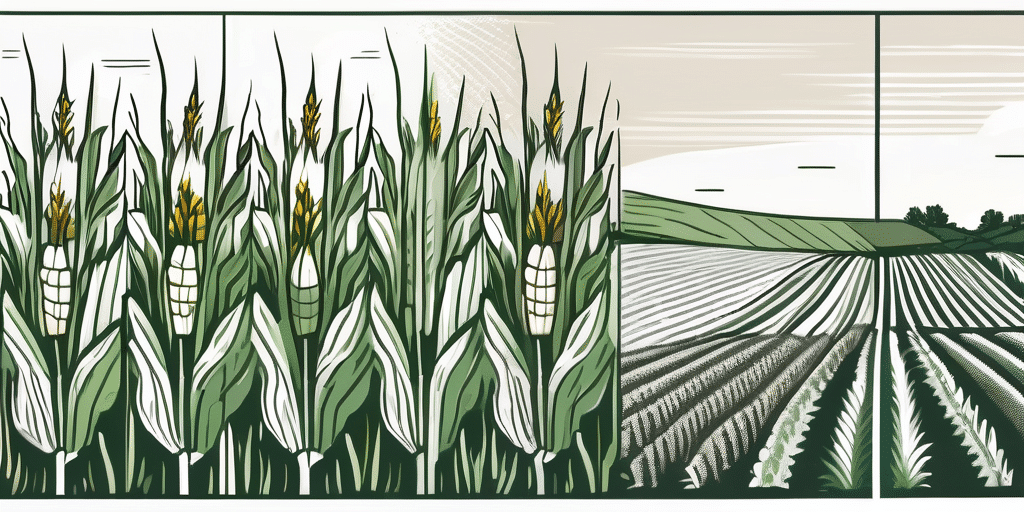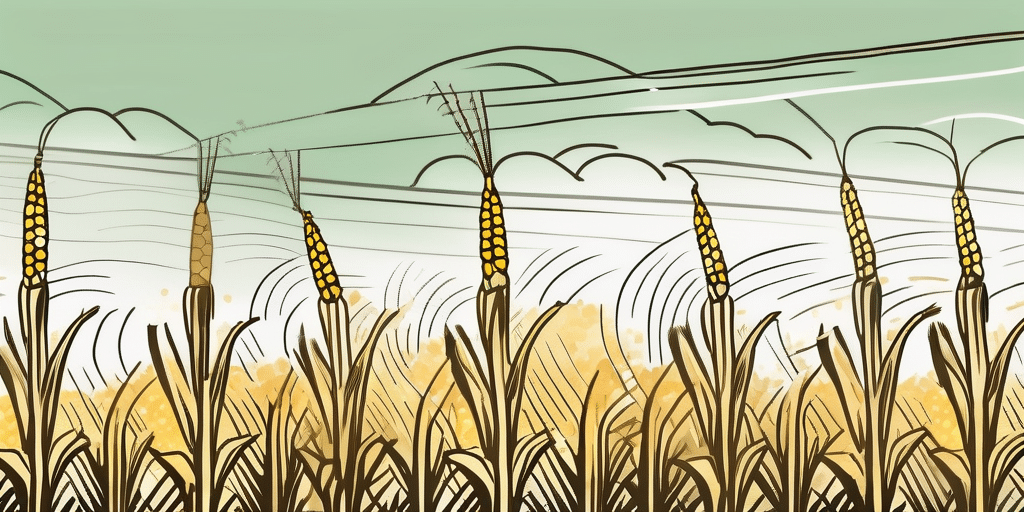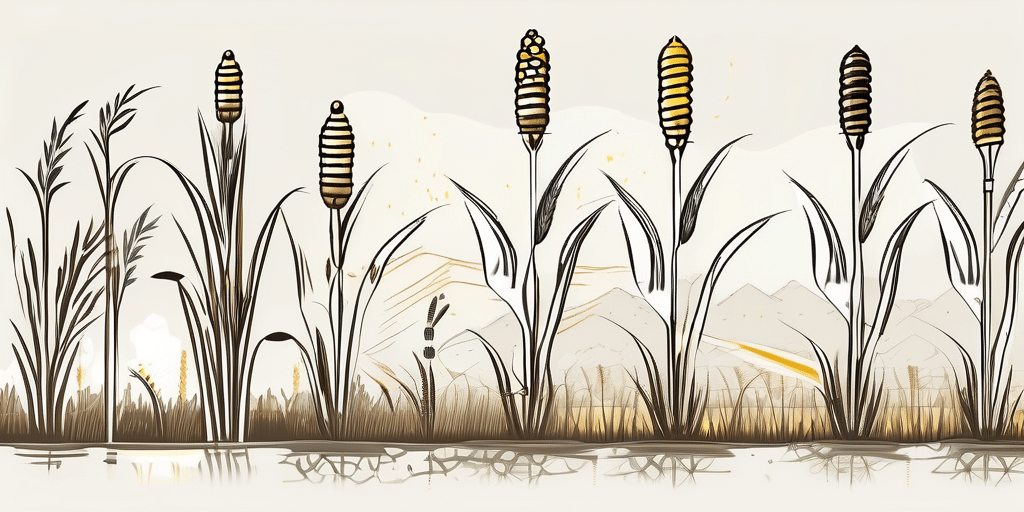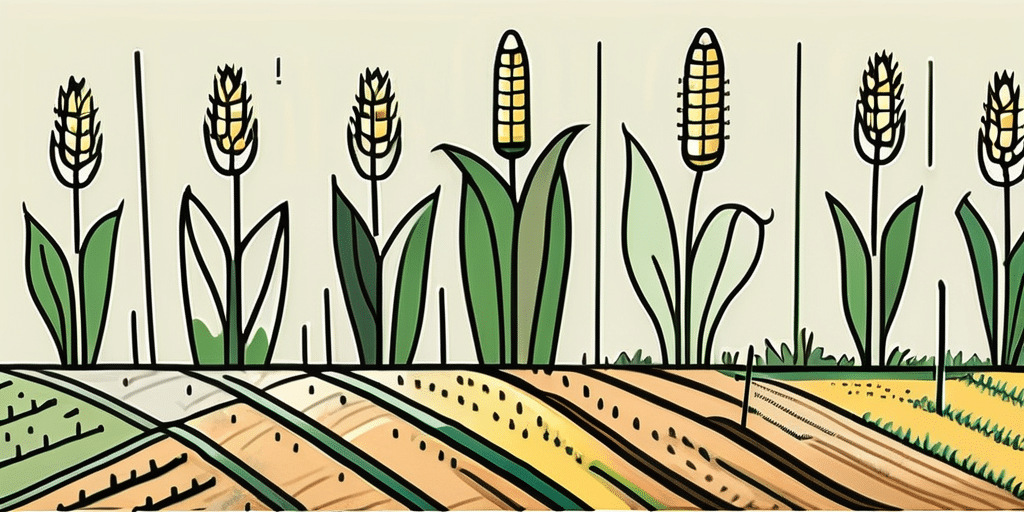Are you a fan of sweet and juicy corn? If you are, then you definitely have to try growing Ruby Queen corn in Missouri! In this article, we’ll take a closer look at this delicious corn variety and discover when to plant it and how to grow it successfully. So let’s get started!
Climate & Hardiness Zones in Missouri
Before we dive into the nitty-gritty of growing Ruby Queen corn, let’s talk about the climate and hardiness zones in Missouri. Understanding your local climate is crucial for a successful corn harvest. Missouri is located in USDA hardiness zones 4 through 7, which means that it experiences cold winters and hot summers.
The average frost dates in Missouri range from mid-April to mid-May in the spring and mid-October to mid-November in the fall. Keep these dates in mind when planning your planting schedule.
Missouri’s diverse geography contributes to a wide range of microclimates across the state. The northern part of Missouri tends to have slightly cooler temperatures compared to the southern regions. Additionally, the Ozark Plateau in southern Missouri experiences unique weather patterns due to its elevation, with cooler temperatures and higher precipitation levels.
When considering planting Ruby Queen corn in Missouri, it’s important to note that the state’s climate can vary significantly from year to year. Missouri is prone to weather extremes, including occasional droughts in the summer and late frosts in the spring. Being prepared for these fluctuations is key to a successful corn harvest in the Show-Me State.
When to Plant Ruby Queen Corn in Missouri
Now that we know a bit about the climate in Missouri, let’s talk about the best time to plant Ruby Queen corn. Corn is a warm-season crop, so it’s important to wait until the soil has warmed up before planting.
In Missouri, it’s generally recommended to plant Ruby Queen corn after the last frost date, when the soil temperature has reached at least 50°F (10°C). This usually occurs in late April or early May, depending on your specific location.
To give your corn a head start, you can also start seeds indoors about 2-3 weeks before the last frost date. This will allow your seedlings to establish and be ready for transplanting once the soil is warm enough.
It’s essential to ensure that the soil is well-drained and rich in organic matter to provide the necessary nutrients for your Ruby Queen corn to thrive. Consider adding compost or well-rotted manure to the soil before planting to improve its fertility.
Additionally, corn is a heavy feeder, meaning it requires a significant amount of nutrients to support its growth. Consider incorporating a balanced fertilizer into the soil before planting to provide your corn with the essential nutrients it needs throughout the growing season.
How to Plant Ruby Queen Corn
Now that we know when to plant Ruby Queen corn, let’s explore how to plant it for optimal growth. To start, choose a sunny location with well-drained soil. Corn enjoys full sun and requires fertile soil to thrive.
When selecting a location for planting Ruby Queen corn, it’s essential to consider the wind patterns in your area. Corn is wind-pollinated, so planting in a sheltered spot can help ensure good pollination and higher yields. Additionally, rotating your corn crop with other vegetables each year can help prevent soil-borne diseases and improve overall soil health.
Here’s a step-by-step guide to planting Ruby Queen corn:
- Prepare the soil by removing any weeds or rocks and loosening it up with a garden fork or tiller.
- Amend the soil with compost or well-rotted manure to improve its fertility and drainage.
- Plant the corn seeds about 1-2 inches deep and 4-6 inches apart in rows spaced about 30-36 inches apart.
- Water the newly planted seeds until the soil is evenly moist but not saturated.
- Keep the soil consistently moist throughout the growing season, especially during dry periods.
- Consider using mulch to help retain moisture and control weeds.
- Once the seedlings have emerged, thin them to about 12-18 inches apart to give each plant enough space to grow.
After planting your Ruby Queen corn, it’s crucial to monitor the plants for any signs of pests or diseases. Common pests that may affect corn include corn earworms and cutworms, while diseases such as common rust and northern corn leaf blight can also impact plant health. Implementing proper crop rotation, practicing good garden hygiene, and using organic pest control methods can help protect your corn crop and promote a successful harvest.
When to Harvest or Pick Ruby Queen Corn in Missouri
Now comes the exciting part – harvesting or picking your Ruby Queen corn! But how do you know when it’s ready to be harvested? Luckily, there are a few signs to look out for:
- Check the silk: When the silk has turned brown and dried up, it’s a good indication that the corn is ready.
- Feel the kernels: Gently peel back the husk and press your fingernail into a kernel. If a milky liquid squirts out, the corn is ripe.
- Observe the husks: Fully mature corn will have green and tightly wrapped husks.
Typically, Ruby Queen corn is ready to be harvested around 70-80 days after planting. However, it’s always best to refer to the specific instructions on the seed packet or consult your local agricultural extension office for more accurate timing.
When you’re certain that your corn is ready, simply twist and pull the ears downward to detach them from the stalk. Enjoy the delicious taste of fresh Ruby Queen corn!
Harvesting your own corn can be a rewarding experience, especially when you see the fruits of your labor coming to fruition. The process of growing corn, from planting the seeds to watching the stalks reach for the sky, is a journey filled with anticipation and excitement.
As you walk through your cornfield, feeling the rustle of the leaves and hearing the gentle whispers of the wind, you’ll notice the subtle changes in the plants that signal the approaching harvest. The Ruby Queen corn, with its vibrant red kernels and sweet flavor, is a favorite among many gardeners for its tenderness and taste.
Frequently Asked Questions
Here are a few common questions that gardeners have about growing Ruby Queen corn:
Q: Can I grow Ruby Queen corn in containers?
A: While it’s technically possible to grow corn in containers, Ruby Queen corn is best suited for larger garden beds where it has ample space to grow and develop strong roots. If you’re limited on space, consider growing a dwarf or miniature corn variety instead.
Q: How can I prevent pests from attacking my corn plants?
A: Corn is susceptible to pests like corn borers and armyworms. To prevent infestations, regularly inspect your plants for any signs of damage and remove any affected leaves or insects. Additionally, you can use row covers or insecticidal sprays to protect your plants.
Q: Can I save seeds from my Ruby Queen corn?
A: Yes, you can save seeds from Ruby Queen corn for future plantings. Allow the ears to fully mature and dry on the plants, then carefully remove the kernels and store them in a cool, dry place until you’re ready to plant them next season.
Q: Is Ruby Queen corn genetically modified (GM)?
A: No, Ruby Queen corn is not genetically modified. It is an open-pollinated variety, which means that it can be grown and saved without losing its desirable traits.
Now that you have all the information you need, it’s time to get started on your Ruby Queen corn adventure! Follow our tips and enjoy the satisfaction of growing your own sweet and delicious corn right in your Missouri backyard. Happy planting!
Join the How to Grow Everything Community
Ready to take your gardening skills to the next level? Subscribe for free to How to Grow Everything and learn how to build the garden of your dreams! Receive personalized gardening advice tailored to your Missouri grow zone, experience level, and interests. Our family is dedicated to helping you grow the best Ruby Queen corn and more, with no spam, just the finest gardening tips and special offers delivered straight to your inbox. Become part of a community that thrives on sharing knowledge and experience, all at no cost to you. Let’s grow together!

